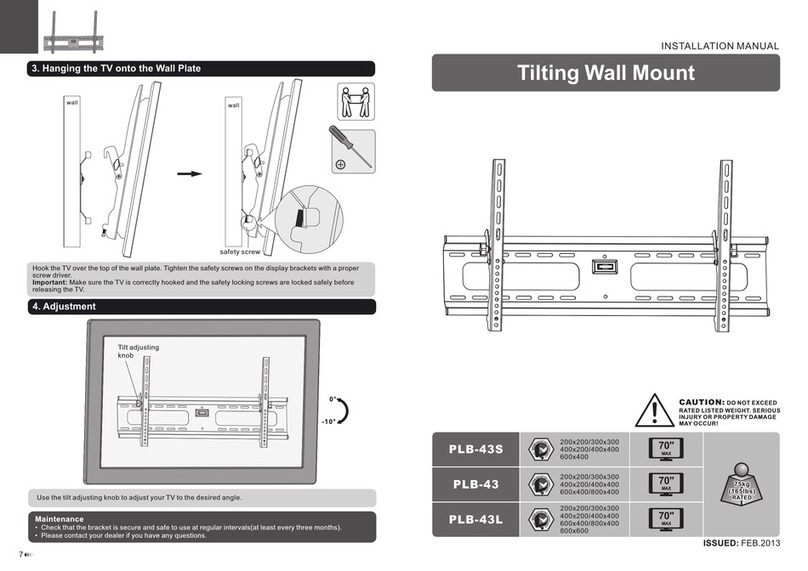3.3 For dual pressurized seal (double seal) operation, supply a clean
compatiblebarrieruidtotheinletportatapressureatleast
170 kPa (25 psi) above the seal chamber pressure. See Figure 5.
Thepressureofthebarrieruidmustnotexceedtherecommended
maximumpressure.Flowservecansupplyinformationonbarrier
uidowrequirementsbasedonsealsize,producttemperature,
barrieruidcharacteristics,andshaftspeed.
3.4 For dual unpressurized (tandem seal) operation, supply a clean
compatiblebufferuidtotheinletportatapressurebelowtheseal
chamber pressure. See Figure 6. The pressure in the seal
chambermustnotexceedtherecommendedmaximumpressure.
Flowservecansupplyinformationonbufferuidowrequirements
basedonsealsize,producttemperature,bufferuidcharacteris-
tics, and shaft speed.
3.5 The Flowserve supply tank is designed to work with the P-200
seal to form a self-contained sealing system. The circulating
featureintheP-200providesapositivebuffer/barrieruidow
from the seal cavity to the supply tank and back to the seal.
In most cases the natural cooling of the piping and tank are
adequate to remove seal-generated heat. Cooling coils are
availablewiththesupplytanktoextendoperatinglimits.
The supply tank can be used with the P-200 seal in the dual
pressurized,Figure5,ordualunpressurized,Figure6,
operating modes.
Recommendation: For enhanced seal performance and reduced
coking, use DuraClearasabarrieruid.RefertoDuraClearbrochure
FSD123 or contact a Flowserve seal application engineer for further
details.
3.6 Goodpipingpractices:
• minimizelinelosses
• use large diameter tubing
• only upward sloping lines
• use long radius bends
• minimizecomponentlosses
• optimizeforthermosyphon
• check rotation direction
• test for leaks
8







































